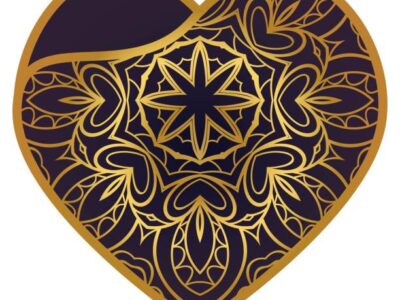Introduction
In this fast-paced modern world, where stress and anxiety have become a part of our daily lives, finding inner peace and achieving a sense of harmony has become more important than ever. One way to embark on this journey of self-discovery and healing is through spiritual and cultural practices. In this article, we will explore the power of spiritual and cultural healing and how it can help us find balance, rejuvenation, and a deeper connection with ourselves and the world around us.
The Essence of Spiritual and Cultural Healing
Spiritual and cultural healing is rooted in ancient traditions and practices that have been passed down through generations. It encompasses a wide range of rituals, ceremonies, and practices that aim to restore balance and harmony in our physical, mental, and emotional well-being. These practices are deeply intertwined with the cultural heritage of different communities and have been used for centuries to heal, transform, and uplift individuals.
Connecting with Nature and the Universe
One of the key aspects of spiritual and cultural healing is the connection with nature and the universe. Many traditional healing practices emphasize the importance of being in harmony with the natural world and recognizing our interconnectedness with all living beings. By immersing ourselves in nature, whether through meditation in the forest, walking barefoot on the earth, or practicing mindful gardening, we can tap into the healing energy of the natural elements and experience a profound sense of peace and grounding.
Rituals and Ceremonies
Rituals and ceremonies play a central role in spiritual and cultural healing. These sacred practices often involve music, dance, chanting, and storytelling, creating a powerful and transformative experience. Whether it’s participating in a traditional Native American sweat lodge ceremony, a Japanese tea ceremony, or a Hindu fire ritual, these rituals help us release negative energy, purify our minds and bodies, and invite positive vibrations into our lives.
Meditation and Mindfulness
Meditation and mindfulness are integral practices in spiritual and cultural healing. These techniques allow us to quiet the mind, cultivate inner awareness, and connect with our higher selves. Whether it’s sitting in silent meditation, practicing walking meditation in a labyrinth, or engaging in mindful eating, these practices help us develop a deeper understanding of ourselves, cultivate compassion, and find peace amidst the chaos of daily life.
The Power of Sound and Vibrations
Sound has long been recognized as a powerful tool for healing and spiritual transformation. From the soothing melodies of Tibetan singing bowls to the rhythmic beats of African drumming, different cultures have harnessed the power of sound and vibrations to restore balance and harmony. Sound healing sessions, where participants are immersed in the healing frequencies of various instruments, can help release energetic blockages, reduce stress, and promote deep relaxation.
Embracing Cultural Diversity
One of the beautiful aspects of spiritual and cultural healing is its celebration of diversity. Each culture has its own unique healing traditions, rituals, and practices that offer valuable insights and perspectives. By embracing cultural diversity, we not only expand our knowledge and understanding but also foster a sense of unity and connection with people from different backgrounds. This openness to diverse cultural practices enriches our own spiritual journey and promotes a more inclusive and compassionate world.
Conclusion
Spiritual and cultural healing offers us a pathway to inner peace, self-discovery, and a deeper connection with ourselves and the world around us. By embracing ancient traditions, connecting with nature, participating in rituals and ceremonies, practicing meditation and mindfulness, and embracing cultural diversity, we can embark on a transformative journey of healing and growth. So, let us embark on this beautiful journey, and may we find solace, harmony, and spiritual awakening along the way.














